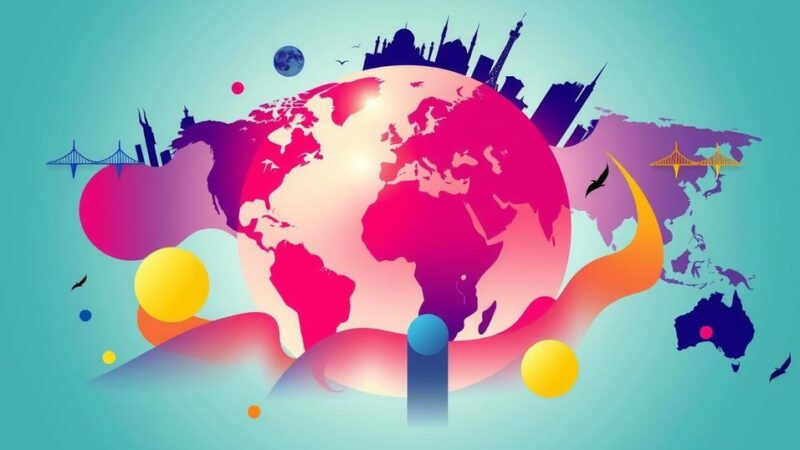Artificial intelligence is revolutionizing cultural preservation and audience engagement. By facilitating digitization and creating immersive experiences, AI enhances interactive museum visits and aids in heritage preservation. Examples of AI applications include restoration efforts in Italy and interactive experiences in U.S. museums. While AI presents numerous opportunities for cultural institutions, it is essential to approach its integration with caution, viewing it as a tool for enrichment rather than a replacement for creativity.
The intersection of artificial intelligence (AI) and culture is becoming increasingly pronounced, offering innovative solutions for preserving our cultural heritage. AI’s role should be seen not as an interference in creative processes but as a facilitator. Its applications in the cultural arena include enhancing digitization efforts through laser scanning of fragile artifacts, generating detailed 3D models of historic sites, and utilizing virtual reality to promote a deeper understanding of heritage.
Globally, AI tools have already begun transforming cultural institutions. Noteworthy examples include the use of predictive analytics for attendance estimates in the UK, AI-assisted fresco restoration in Italy, and AI colorization of historical photographs in Singapore. Museums, particularly in the United States, are adopting immersive technologies that engage visitors more comprehensively, blurring the lines between art and technology. Digital interactions, such as those with AI chatbots and interactive robots, are enriching the visitor experience by adding layers of narrative to artifacts.
In Egypt, while AI’s integration is present, there remains substantial potential to be realized. Current exhibitions such as the “Tutankhamun Exhibition” highlight innovative uses of technology, including 3D holograms. AI could further democratize access to cultural knowledge by enabling translation and pronunciation of hieroglyphics and providing multilingual resources to visitors.
Despite the promising opportunities AI presents, it is critical to approach its implementation with caution. The discourse mainly centers on Narrow AI, leaving General and Super AI in speculative discussions. Hence, although AI may augment cultural engagement and preservation, it should be viewed as a tool for enhancement rather than a replacement for the creative spirit.
Through a balanced embrace of AI, cultural institutions can thrive while safeguarding heritage and enriching the artistic landscape.
The growing presence of artificial intelligence in cultural sectors signals a transformative shift in how heritage is preserved and engaged with. AI technologies can accelerate digitization, enhance understanding of historical events, and create immersive experiences that allow audiences to connect with art on a deeper level. Yet, the integration of AI in cultural contexts presents both opportunities and challenges, necessitating a thoughtful consideration of implications for creativity and heritage preservation.
In conclusion, the combination of artificial intelligence with cultural initiatives heralds an era of innovation in preserving heritage and enhancing audience engagement. By embracing AI as a facilitator rather than a competitor, cultural institutions can achieve remarkable advancements in accessibility and interactivity. Nevertheless, it remains imperative that the focus is placed on the thoughtful integration of these technologies, ensuring that the essence of creativity and cultural significance is upheld amidst the rapid evolution of the digital landscape.
Original Source: www.dailynewsegypt.com





